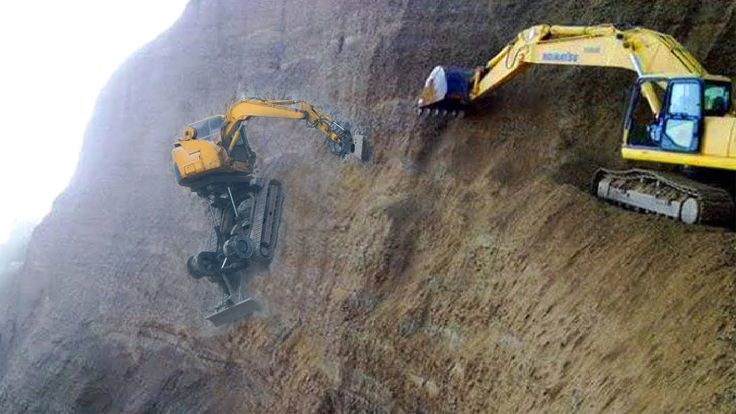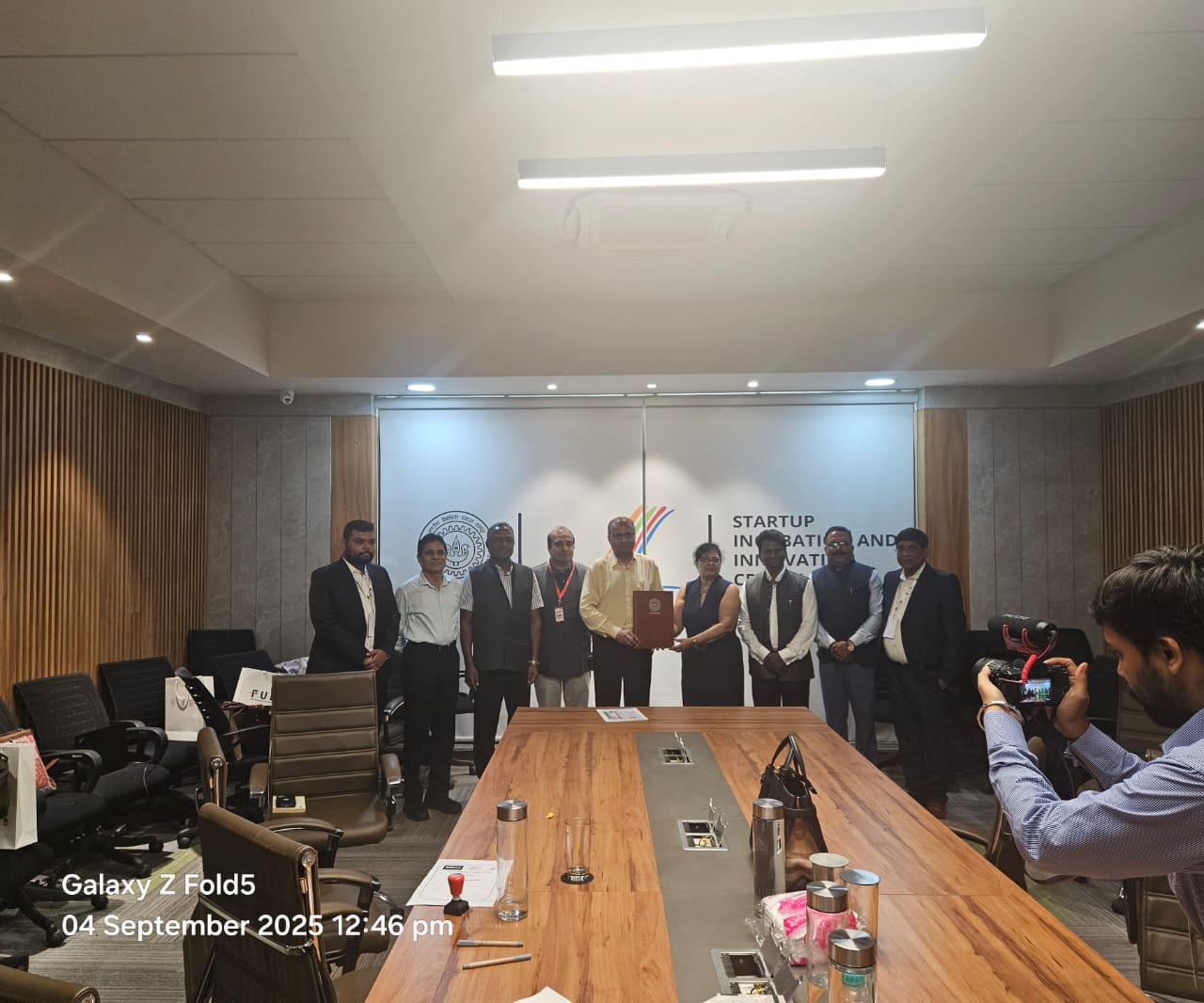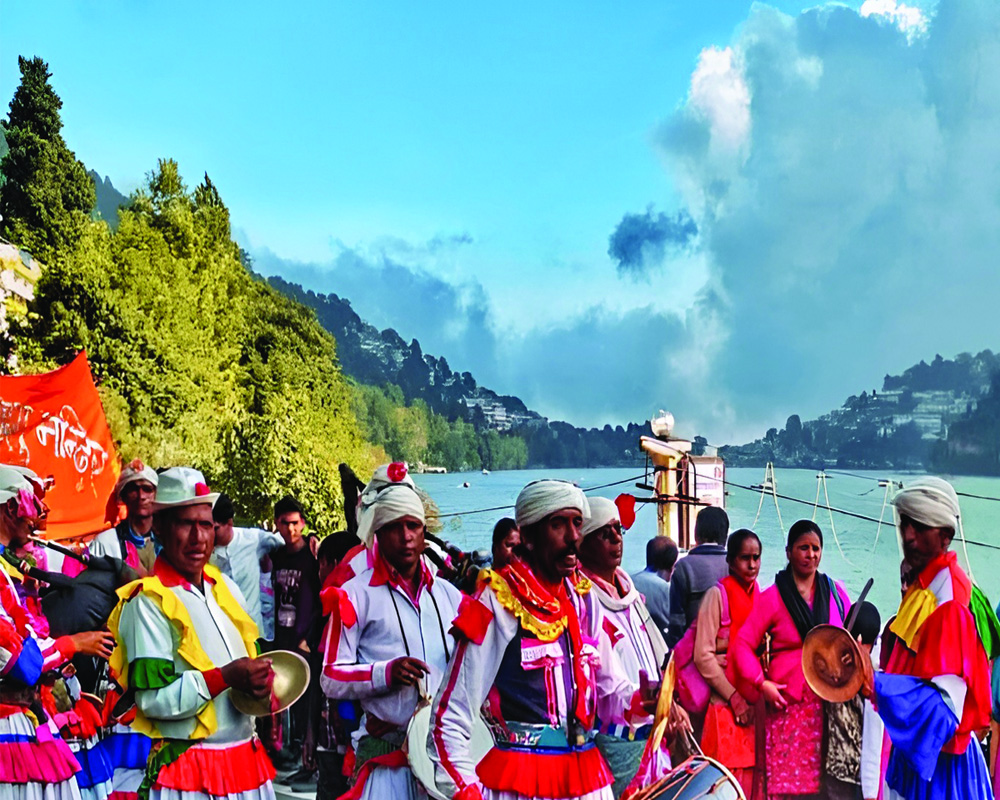Heaven is literally falling to greed. It is just not Joshimath but even Tehri Garhwal, Karnaprayag, and Mussorie that are also sinking and so may be many other parts at the crest of the Uttarakhand Himalayas. The Rs 12,000-crore Char Dham (CD) all-weather road projects spurring real estate are gobbling up all.
Latest reports say that still the earth movers are digging around Joshimath and other areas even as over 4,000 persons have been evacuated and most houses are crumbling. Tragedies do not stop the road to hell. In 2013, the Uttarakhand Government sought Rs 21,000 crore for ruthless reconstruction after the Himalayan deluge. It seems to be the catalyst for the present disaster.
The Tehri district is the latest to report cracks and land subsidence. An IIT Roorkee team is studying Karnaprayag. Chamba in the Tehri, around a CD tunnellng remains the worst hit with houses crumbling. seepage at Tehri dam is common, reports SP Rai of the National Institute of Hydrology. Now a road from Mana to Lipulekh through sensitive hills with the rare virgin forest is the latest to be in danger. In June 2013, after the Kedarnath tragedy this scribe mentioned “in all there are 244 hydel projects (HEP) of various sizes planned to be constructed in the state. Some of these are already on the streams. Others are coming up. Pancheswar dam being planned in Tanakpur is likely to be bigger than Tehri and the biggest in India. Does that mean more disasters are awaiting the region?” Unfortunately, it is so. Nobody listened to the cries of former minister Uma Bharati to not dislodge the image of the presiding deity, Dhari Devi before the June 18, 2013 cloudburst. The CAG reviewed 42 hydel projects in 2009.
It noted that over 200 more projects were coming up – almost every five to seven km. The yearning for making Uttarakhand the “Urja Pradesh” has led to reckless development. Ravi Chopra, former head of the High-Power Committee for CD roads, says that a bypass around Joshimath was opposed by the townspeople. The 10-meter-wide road all around the state weakens the hills with digging, blasting, and removal of green cover and aquifers. In 2010, HNB Garhwal University study said a tunnel boring machine punctured an aquifer on December 24, 2009, releasing millions of litres of water daily from NTPC’s Tapovan-Vishnugad 520 MW hydel project.
The researchers warned of the mishap’s potential for “initiating ground subsidence”. It was forgotten till December 2022 when the looming nightmare became a reality around Joshimath. This punctured aquifer gushing out water is the cause for Joshimath sinking, confirms Garhwal Commissioner Sushil Kumar. In February 2021, around 200 people went missing as Dhauliganga and Rishibhanga rivers flooded Tapovan head race tunnel. Warnings of 1930 Swiss scientists, 1976 Commissioner MC Mishra on haphazard constructions and the Supreme Court-appointed committee of 2013 for seismically sensitive Main Central Zone advice against hydel projects were ignored.
Incidents of glacial lake outburst floods (GLOF), a UNDP and European Commission study mentioned, are happening regularly. Notable incidents occurred in 1997, 2000 and 2005 in the Sutlej basin and in 1970 and 1978 in Alaknanda and Bhagirathi basins. In 2000 and 2005, it hit the Pong Dam, in Himachal, severely damaging roads, habitations and scores of bridges. The Himalayas all around is crumbling. Dams and roads benefit the industry-real estate mafia damning the sensitive geology and livelihood. If unchecked it may have disastrous consequences and even desertify the cradle of the civilisation in the Ganga valley. The country must rise to stop it.
Courtesy-The Pioneer, Shivaji Sarkar: The author is a senior journalist.








 OpinionExpress.In
OpinionExpress.In















Comments (0)